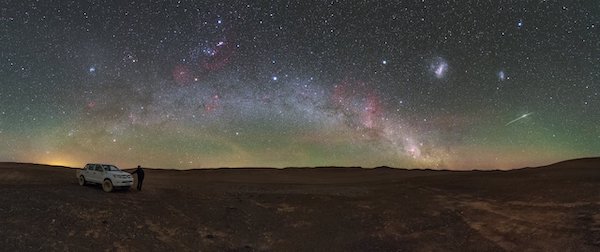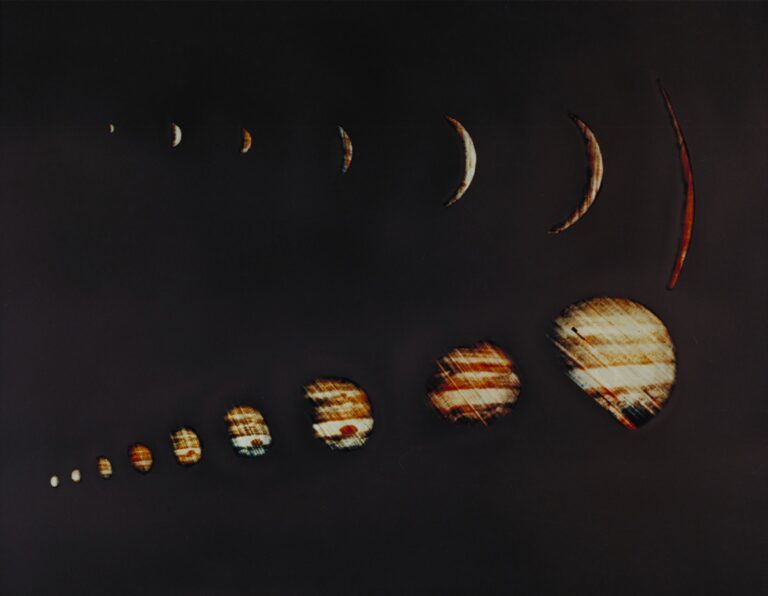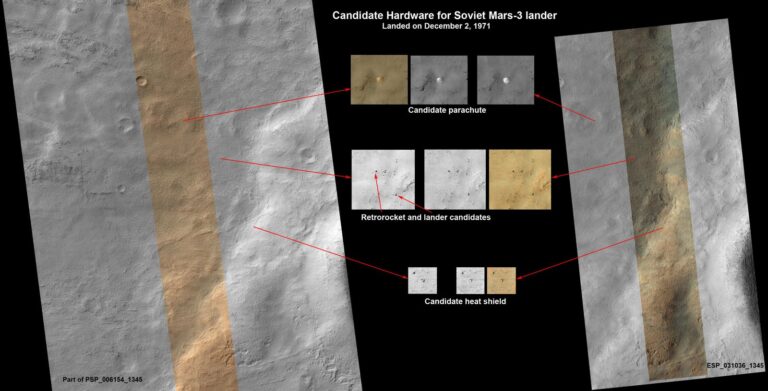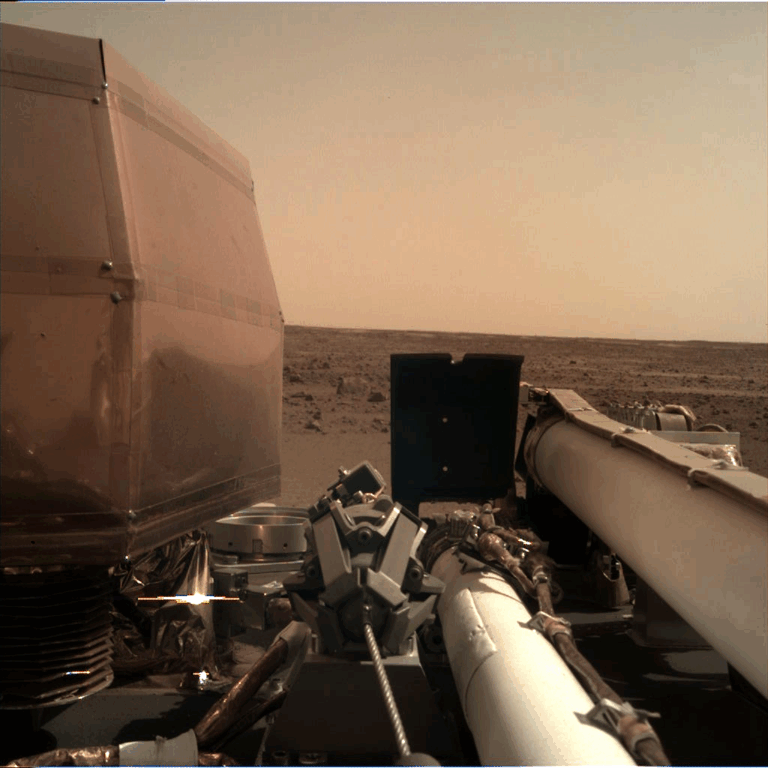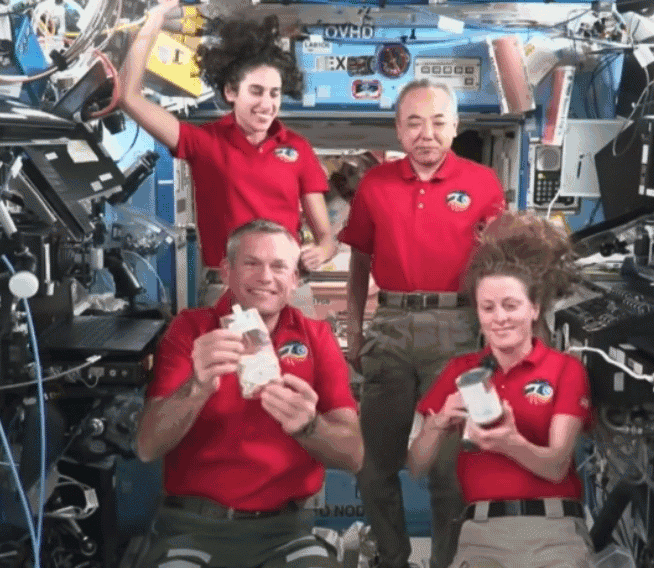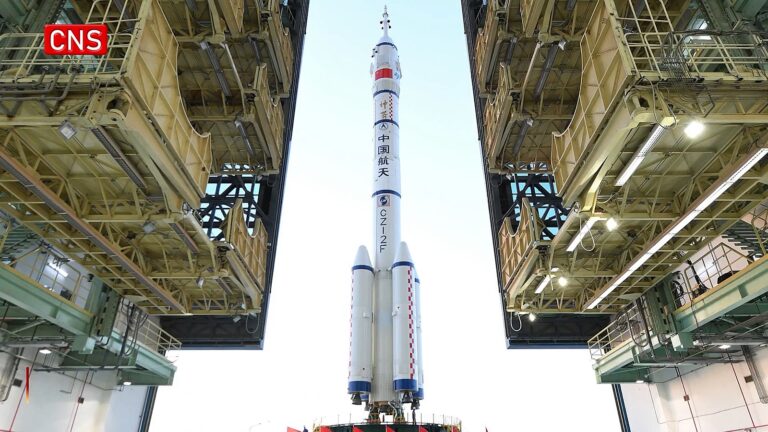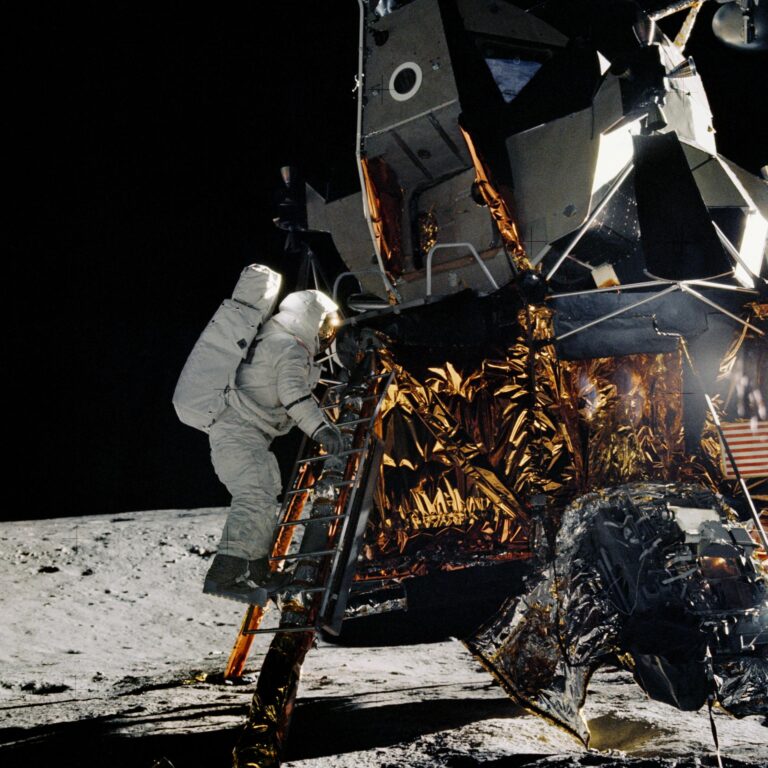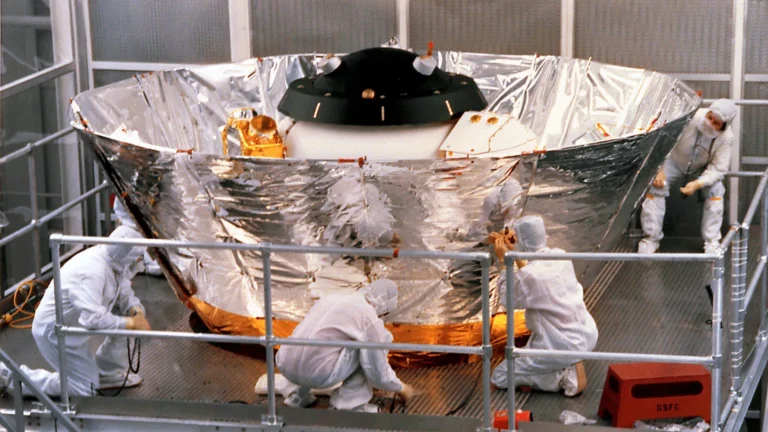Key Takeaways:
- Thousands of newly approved satellites, primarily for internet services, will dramatically increase the brightness and number of visible satellites in the night sky, significantly impacting astronomical observation from both amateur and professional perspectives.
- Mega-constellations of satellites, such as SpaceX's Starlink project, are predicted to be visible for hours after sunset and before sunrise at many latitudes, potentially outnumbering visible stars in some locations and obscuring celestial objects.
- Current simulations suggest that professional astronomy and astrophotography will be severely affected, hindering scientific research, including the detection of hazardous near-Earth asteroids, and impacting the discovery of interstellar objects.
- The absence of international regulations governing satellite orbits, right-of-way, and debris cleanup poses a significant risk of orbital collisions, potentially leading to the Kessler Syndrome – a catastrophic chain reaction of space debris, and the long-term disruption of space activities.
This time though, I curse softly. There’s a bright satellite. And another following behind. And another. And another.
I used to be excited about seeing artificial satellites, but now I know what’s coming. We’re about to undergo a dramatic transition in our experience of satellites. No longer will you escape your city for a camping trip and see the stars unobstructed: You will have to look through a grid of crawling, bright satellites no matter how remote your location.
Crowded orbits
If mega-constellations of satellites become reality, the night sky will become a mundane highway of moving lights, obscuring the stars. Now, every time I see the bright reflection of a satellite tracking across the stars, I am reminded of what has already been approved by the United States Federal Communications Commission — the agency that regulates frequencies broadcast by satellites over the U.S., effectively putting itself in charge of regulating every space launch on the planet.
SpaceX has already received approval for 12,000 Starlink satellites and is seeking approval for 30,000 more. Other companies are not far behind.
The Starlink mega-constellation itself would increase the number of active satellites more than tenfold: there are around 3,000 active satellites in orbit; current Starlinks are brighter than 99 percent of them because they are in lower orbits, closer to the surface of Earth, and more reflective than Starlink engineers predicted.
SpaceX is launching sets of 60 satellites every couple of weeks, and there will be a thousand Starlinks in orbit by Christmas 2020.
With the naked eye, stargazing from a dark-sky location allows you to see about 4,500 stars. From a typical suburban location, you can see about 400. Simulations show that from 52 degrees north (the latitude of both Saskatoon and London, U.K.) hundreds of Starlinks will be visible for a couple of hours after sunset and before sunrise (comparable to the number of visible stars) and dozens of these will be visible all night during the summer months.
Light pollution has long been a threat to stargazing, but at least that can be escaped by leaving urban centers.
But satellites will be a global star-obscuring phenomenon, particularly bad at the latitudes of northern U.S. states, Canada and much of Europe.
Stellar sacrifices
To their credit, SpaceX and Amazon — which is also investing in satellite internet services — have voluntarily started participating in discussions with professional astronomers on possible ways to mitigate the effects of thousands of bright satellites on specific observations, like interstellar objects.
SpaceX did also try a “darksat” coating, though preliminary measurements by astronomers showed that it was only marginally fainter than other Starlinks. Meanwhile, launches continue with unmitigated, bright Starlinks.
Simulations show that professional astronomy and amateur astrophotography will be severely affected by bright mega-constellations. Discoveries of hazardous near-Earth asteroids will be particularly devastated by the hundreds of Starlinks confusing their targets, leaving Earth more vulnerable to world-altering impacts.
The point of the Starlink mega-constellation is to provide global internet access. It is often stated by Starlink supporters that this will provide internet access to places on the globe not currently served by other communication technologies. But currently available information shows the cost of access will be too high in nearly every location that needs internet access. Thus, Starlink will likely only provide an alternate for residents of wealthy countries who already have other ways of accessing the internet.
Crowding the night sky
Even if SpaceX changes its plans, other companies are actively developing separate megaconstellations, and there are more in the works.
Currently, there are no rules about satellite orbits or right-of-way, and if a collision (or multiple collisions) should occur, it’s not clear who would be at fault and who would have to clean up the debris (if that is even possible to do). The only international law that applies to satellite debris, from 1972, basically says that the country who launched the satellite has to clean up any mess it leaves on the surface of the Earth after crashing.
NASA Orbital Debris Program Office at JSC
Most satellites today are launched by private companies not governments, and most satellite debris remains abandoned in orbit, because there are no rules about clean-up. There are thousands of pieces of this space junk, ranging in size from bolts to bus-sized dead satellites.
With tens of thousands of new satellites approved for launch, and no laws about orbit crowding, right-of-way or space cleanup, the stage is set for the disastrous possibility of Kessler Syndrome, a runaway cascade of debris that could destroy most satellites in orbit and prevent launches for decades.
Losing our connections
As human beings, we have deep connections to the stars that extend back to the dawn of humanity and, indeed, we are made of material from ancient stars.
The Native Skywatchers program celebrates humanity’s time-honoured love of the night sky and shares Indigenous knowledge of astronomy. A Dakota Elder recently shared her traditional knowledge of the skies: the Blue Woman spirit To Wiŋ lives in Wichakiyuhapi (the Big Dipper), where she guides new babies from the Star Nation into our world and waits to greet our spirits at the door as we leave our world.
Large corporations like SpaceX and Amazon will only respond to legislation — which is slow, especially for international legislation — and consumer pressure. Is having another source of internet worth losing access to unobstructed stargazing for yourself and nearly every other person on the planet? Our species has been stargazing for thousands of years, do we really want to lose access now for the profit of a few large corporations?
On your next clear night, go outside and look up. Enjoy the stars that you can see now, because without big changes in the plans of corporations that want to launch mega-constellations, your view of the stars is about to change dramatically.
This story was originally published on The Conversation. Read the original here.
![]()

